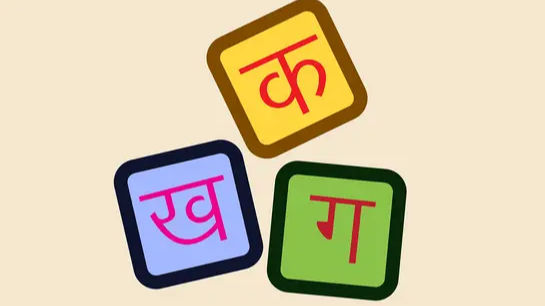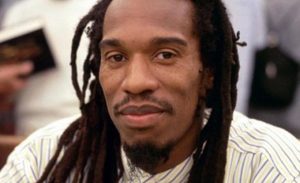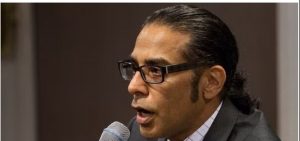The debate over Hindi
being India’s national language never dies. The question of whether Hindi
should be adopted across the length and breadth of the country has triggered
flaming discussions with national unity on one end and diversity and linguistic
imposition on another.
This debate, which
has been raging since India’s freedom at midnight from the British in 1947,
once again became stuff of national concern when Kannada actor Kichcha Sudeep
tweeted that Hindi is no longer India’s national language. The tweet garnered
several responses, but the most noteworthy among them was by Hindi film actor
Ajay Devgn, who among other things said, that Hindi is, always has been and
always will be India’s national language.
While this Twitter
banter did not really articulate the nuances of the position of Hindi in India’s
dynamics as a nation-state, the debate has triggered a question on India’s
national language. Here, Opoyi deep dives into the constitutional framework
governing India’s linguistic concerns and the various debates surrounding Hindi’s
position against other Indian languages.
The
Constitutional position
The Indian
Constitution does not accord any language the status of a national language.
What it does, however, is that it accords Hindi the status of an official
language. Hindi in Devnagri script is India’s official language along with
English, according to Article 343 of the Indian Constitution.
Part XVII of the
Indian Constitution that deals with the question of official language states: “The
official language of the Union shall be Hindi in Devnagri script. The form of
numerals to be used for the official purposes of the Union shall be the
international form of Indian numerals.”
But, there’s
something more…
When the Indian Constituent
Assembly, the body framing the Indian Constitution between 1947 and 1949, was
discussing the language formula the sub-committee on Fundamental Rights had
recommended: “Hindustani, written either in Devanagari or the Persian script at
the option of the citizen, shall, as the national language, be the first
official language of the Union. English shall be the second official language
for such period as the Union for such period as the Union may, by law,
determine.”
Over time, there
has been active resistance among non-Hindi speaking states on what they see as
linguistic imposition. This is true for most states outside the Hindi
heartland.
Recent
concerns
The Kichcha Sudeep-Ajay
Devgn controversy also triggered responses from Karnataka politicians. HD
Kumaraswamy, a former chief minister of Karnataka, in a serious of tweets,
slammed the opinion that Hindi is India’s national language.
Also Read | Amit Shah pitches Hindi for all; what does the Indian Constitution say
The Janata Dal
(secular) leader, who is the son for former Indian Prime Minister HD Deve
Gowda, wrote: “An addiction for primacy is dividing the country. A seed sown by
the BJP has become contagious dividing the nation. This is a threat to India’s
unity.” He ended the tweet with: #stopHindiimposition.
Karnataka’s leader
of Opposition and former chief minister Siddaramaiah tweeted, “Hindi was never
& will never be our National Language. It is the duty of every Indian to
respect linguistic diversity of our Country. Each language has its own rich
history for its people to be proud of. I am proud to be a Kannadiga!!”
The flurry of
responses is not coming just because two actors have engaged in a Twitter
debate. Concerns over Hindi imposition have become more pronounced since 2014
when the right-wing Bharatiya Janata Party (BJP) government came to power. The
BJP’s ideological roots lie in the Hindi heartland and as such the party has
maintained a predilection to give Hindi a higher status.
Earlier this year,
Union Home Minister Amit Shah, who is from Gujarat, a state not strictly within
the ambit of the Hindi heartland, said people from different states should use
Hindi not English to communicate with each other. When criticised for trying to
impose Hindi, Shah said he wants Hindi to take the position of English in
nationwide communication.







